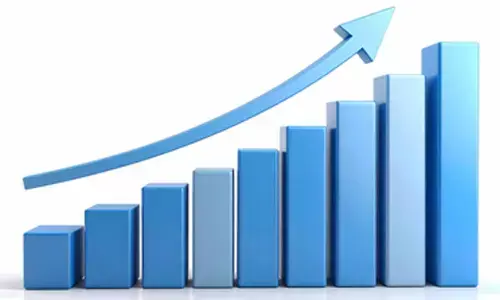These tiny swimming robots may deliver drugs in blood vessels

Scientists have developed tiny elastic robots that can change shape depending on their surroundings and can swim through fluids, an advance which may help deliver drugs to diseased tissue one day
London, Jan 20: Scientists have developed tiny elastic robots that can change shape depending on their surroundings and can swim through fluids, an advance which may help deliver drugs to diseased tissue one day.
The smart, biocompatible microrobots that are highly flexible are made of hydrogel nanocomposites that contain magnetic nanoparticles allowing them to be controlled via an electromagnetic field.
As a result, these devices are able to swim through fluids and modify their shape when needed. They can also pass through narrow blood vessels and intricate systems without compromising on speed or manoeuvrability, said the group of scientists led by Selman Sakar at Ecole Polytechnique Fédérale de Lausanne (EPFL) and Bradley Nelson at ETH Zurich.
The study, published in the journal Science Advances, described the soft, bio-compatible device "like a living microorganism", wriggling in fluids that may be dense, viscous or moving at rapid speeds.
"Nature has evolved a multitude of microorganisms that change shape as their environmental conditions change. This basic principle inspired our microrobot design," Nelson said.
In addition to offering enhanced effectiveness, these miniaturized soft robots can also be manufactured easily at a reasonable cost.
For now, the research team is working on improving the performance for swimming through complex fluids like those found in the human body.
According to the scientists, the flexible tiny robot could be made smaller using an origami-based folding method.
The deformations can be "programmed" in advance without sensors or actuators, allowing the robot to automatically morph into the most efficient shape, according to the study.
The robots can be either controlled using an electromagnetic field or left to navigate on their own through cavities by utilising fluid flow. Either way, they will automatically morph into the most efficient shape, the researchers explained.
















